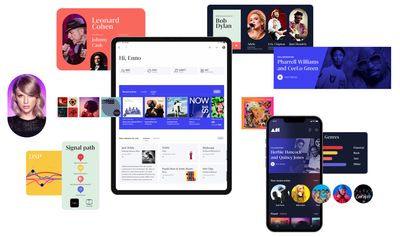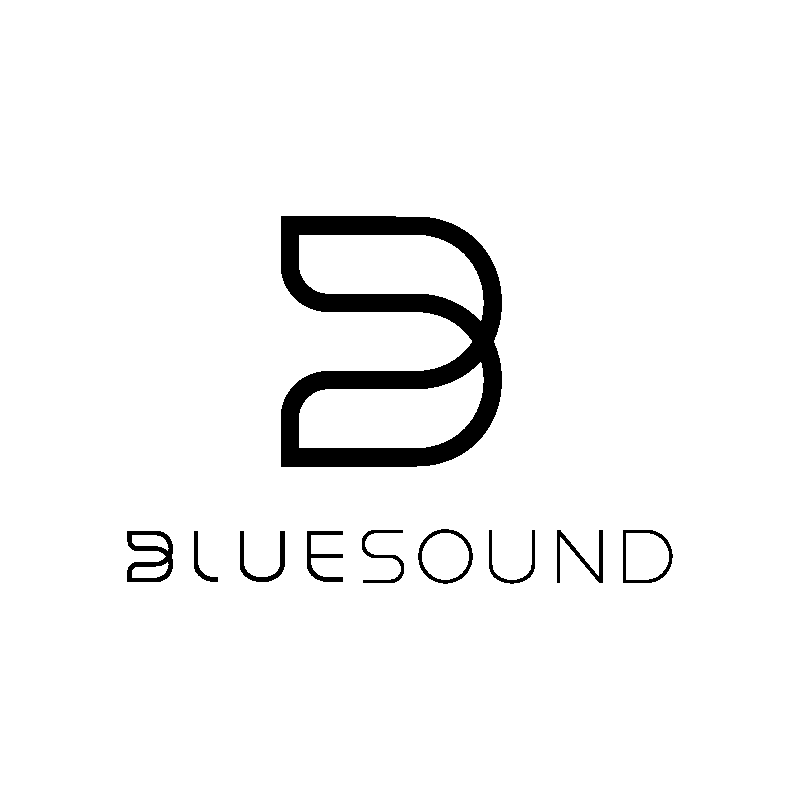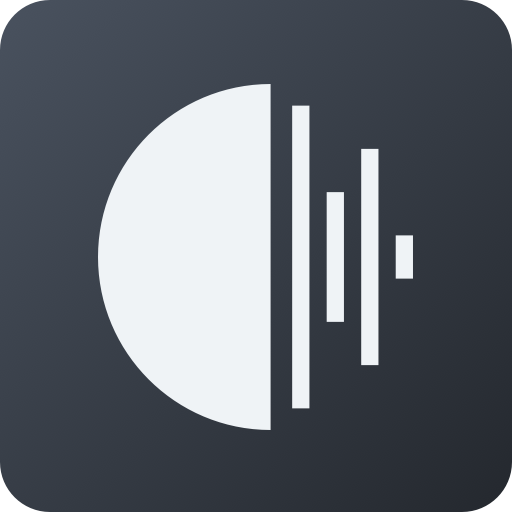Set-Up for Ripping
Collapse
This topic is closed.
X
X
-
Re: Set-Up for Ripping
I guess I still don't understand the issue surrounding track offset method. From previous posts I understood that no alteration of track offset was necessary, that dbpa handled that automatically.
I've read the dbpa piece on offset but don't understand what to do about it at the end of the day.
Are there two methods? What result does each give? What happens if I do it "wrong?"
DonComment
-
Re: Set-Up for Ripping
Ha! You may, or may not! The hidden first track, is in the pre-gap before track 1 and can contain music. Very few CDs have these hidden track, remember Google is your friend, and a list can be found online.
Having the Prevent Detection of Hidden First Track, unchecked, in no way affects any ripping.
The hidden track on White Ladder, is an OK song, Through To Myself.
Edit. I've just read garym's post. 3 CDs with HTOA out of 6,000+ says it all.Last edited by Oggy; July 26, 2017, 08:52 PM.Comment
-
Re: Set-Up for Ripping
Don, Asking about track offset method (which I don't use or recommend) is like a 16 year old learning to drive a standard shift car for the first time (and driving at all for the first time) to be asking about techniques to use in successfully winning races in a Forumula I race car. You're still struggling with the very basics....I'd focus on that rather than obscure issues that 99.9% of users never use or need to understand.I guess I still don't understand the issue surrounding track offset method. From previous posts I understood that no alteration of track offset was necessary, that dbpa handled that automatically.
I've read the dbpa piece on offset but don't understand what to do about it at the end of the day.
Are there two methods? What result does each give? What happens if I do it "wrong?"
Don
edit: And yes, dbpa handles all track numbering automatically.Comment
-
Re: Set-Up for Ripping
Sorry, that must have been garym, then, you certainly both advised against using track offset. You gave good advice, which helped get the job done, quicker and easier.I'm not sure that was me as I do not advocate separate folders for each disc in a multi-disc album. Also, I certainly would not use the track offset method. As you say, KISS so, I use 1 folder for 1 album and all I needed to do was add the disc tag to my naming string.
Here is how a 2 CD album appears for me in Windows File Explorer:

Comment
-
Re: Set-Up for Ripping
Don't worry about it, don't use it! I did, briefly, ripping is quicker and easier now I don't.I guess I still don't understand the issue surrounding track offset method. From previous posts I understood that no alteration of track offset was necessary, that dbpa handled that automatically.
I've read the dbpa piece on offset but don't understand what to do about it at the end of the day.
Are there two methods? What result does each give? What happens if I do it "wrong?"
DonComment
-
Re: Set-Up for Ripping
I've been away a little, a couple of comments. Your eventual player seems to be nice stuff, it is unclear from their website what protocol (DLNA? Home grown?) they use to get the music files from your hard drive to their player. Hopefully they provide the software to do that so it is just "plug and play" with minimal setup for that to work.
The reason I originally (and still) suggest putting FUBAR2000 on the same computer your songs are stored on (or if you have them on a NAS, that you have the NAS directory mapped to that computer) is as a simple troubleshooting tool. Once you start storing your music in a different place than where you are playing it, you have to have some means of sharing the files between the machines. DLNA is one method, but you need a DLNA renderer on the device the files are stored on. Many NAS boxes, and also a fair number of players (including FUBAR 2000) include renderers, but there is setup involved. And if you have ever dealt with file sharing in Windows, it can be a PITA to troubleshoot. If you play media files on the same computer they are stored on, you don't need to worry about that setup (there is no sharing involved), so it is a way of determining that your files are good and that the tagging, etc. is good without adding the extra complication of sharing, DLNA, etc. Once they play properly on the machine they were recorded on, then you can be pretty sure that any problems you have playing them on other devices/computers is somehow a network or sharing problem, and not a problem with the files or how they were ripped. Walking before running. And it remains a good troubleshooting tool even later when your system suddenly stops working...Comment
-
Re: Set-Up for Ripping
Seems that windows 10 WMP can now play flac. But warning, go into WMP settings and turn OFF every option for it to automatically update tags or artwork. Frankly I'm still not sure I'd let WMP touch my files. It's practically a virus!
ps. easy way to use foobar2000, in windows explorer, navigate to your files or directory with audio files, select, right click, then choose either enque in foobar2000 or play in foobar2000.Comment
-
Re: Set-Up for Ripping
Hi schmidj,I've been away a little, a couple of comments. Your eventual player seems to be nice stuff, it is unclear from their website what protocol (DLNA? Home grown?) they use to get the music files from your hard drive to their player. Hopefully they provide the software to do that so it is just "plug and play" with minimal setup for that to work.
The reason I originally (and still) suggest putting FUBAR2000 on the same computer your songs are stored on (or if you have them on a NAS, that you have the NAS directory mapped to that computer) is as a simple troubleshooting tool. Once you start storing your music in a different place than where you are playing it, you have to have some means of sharing the files between the machines. DLNA is one method, but you need a DLNA renderer on the device the files are stored on. Many NAS boxes, and also a fair number of players (including FUBAR 2000) include renderers, but there is setup involved. And if you have ever dealt with file sharing in Windows, it can be a PITA to troubleshoot. If you play media files on the same computer they are stored on, you don't need to worry about that setup (there is no sharing involved), so it is a way of determining that your files are good and that the tagging, etc. is good without adding the extra complication of sharing, DLNA, etc. Once they play properly on the machine they were recorded on, then you can be pretty sure that any problems you have playing them on other devices/computers is somehow a network or sharing problem, and not a problem with the files or how they were ripped. Walking before running. And it remains a good troubleshooting tool even later when your system suddenly stops working...
Bluesound has its own app BluOS, for set up and control, and a friend has commented that the player is easy to setup, and sounds very good. The app gets updates, and offers the usual search options. Bluesound does not support UPnP or DLNA, so file sharing will be required.Comment
-
Re: Set-Up for Ripping
And that's fine, as upnp/dlna has been far surpassed by other steaming protocols. It's basically a lowest common denominator approach with a lot of half baked implementations. ASSET by illustrate seems to be the best way to manage dlna.Comment
-
Re: Set-Up for Ripping
By the way, bluesound hardware seems to work with roon as a server. It's not free, but is a nice system and has tremendous detailed info provided. (Note, you still need to rip and tag in dbpa etc. roon is just a server/player interface).
See
 Roon music software transforms your listening experience with rich metadata, discovery features & audiophile sound. Works with streaming & files. Free trial.
Roon music software transforms your listening experience with rich metadata, discovery features & audiophile sound. Works with streaming & files. Free trial.
I primarily use squeezeboxes as hardware and Logitech Media Server. But I've been also playing with Roon for about a year.Comment
-
Re: Set-Up for Ripping
Hi garym. You say that "It's basically a lowest common denominator approach with a lot of half baked implementations." I'm not clear what "It's" is referring to: UPnP/DLNA, or BlueOS.
I don't know about ASSET. Is this something I would be advised to use instead of BluOS. I don't know how to implement your suggestion.
Thanks,
DonComment
-
Re: Set-Up for Ripping
Upnp. And I'd use bluOS or Roon (see message I just posted). . I don't think ASSET is relevant for you.Hi garym. You say that "It's basically a lowest common denominator approach with a lot of half baked implementations." I'm not clear what "It's" is referring to: UPnP/DLNA, or BlueOS.
I don't know about ASSET. Is this something I would be advised to use instead of BluOS. I don't know how to implement your suggestion.
Thanks,
DonComment
-
Re: Set-Up for Ripping
Thanks garym.
I'm told that Roon is indeed excellent, however, I understand that it will alter the tags you have set up. I'm not sure what that means, but I get nervous when a system or software decides it knows better the I do and starts changing what I've instructed it to do. If you learn more about this, I (and probably a lot of others) would like to know about this.
DonComment


Comment